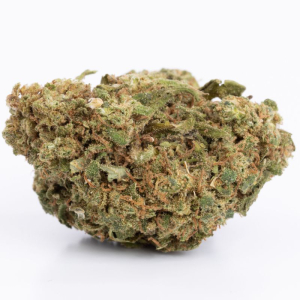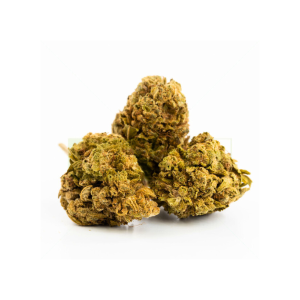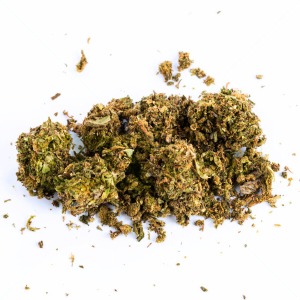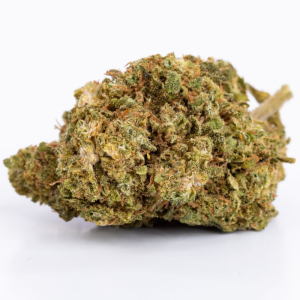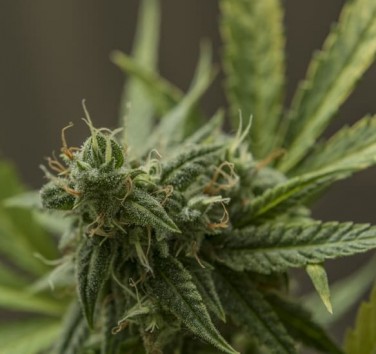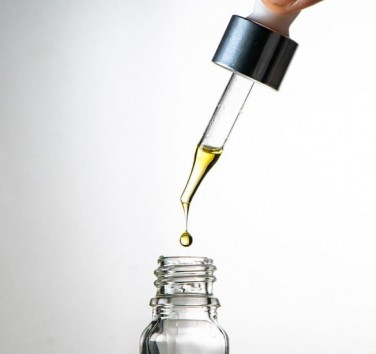What is CBD flower?
CBD flower is the part of cannabis that has been developed to contain a large amount of CBD, while retaining only a small and insignificant amount of THC (less than 0.2%).
The terms CBD and THC may be unfamiliar to you, but they are just the most important cannabinoids found in the cannabis plant. THC is the substance responsible for the psychoactive effect of cannabis. It is of course prohibited for consumption because of these effects. That is why the content of a CBD flower or any other product should not contain more than 0.2% THC. As for CBD or cannabidiol, it only confers relaxing and pain-relieving effects, without causing dependency or psychoactive effects.
Other minor cannabinoids found in the cannabis plant include CBG, CBN, CBC, CBDA and THCV. CBD flowers, also contain a variety of other useful components, including flavonoids, chlorophyll and terpenes, which give each strain of the plant its distinct smelling character.
How to distinguish a CBD flower from cannabis.
It is becoming increasingly difficult to differentiate CBD flowers from cannabis, and this comes down to the ever-improving quality of the flowers. As a result, it is almost impossible to tell them apart based solely on their scent, taste or appearance. However, there are two classic methods of doing this.
Firstly, seeing the flowers is a good way to identify them.
Firstly, seeing the THC content through a lab, if it contains 0.2% or less THC it is a CBD flower, if it contains more it is not. The second method is to consume the CBD flower to see what effect it gives you. If it is a cannabis-like effect, then it is not a CBD flower.
However, this method is not practical and not legal. The difficulty of distinguishing between the two products seems to be encouraging the authorities to consider banning CBD flowers. But we are not there yet.
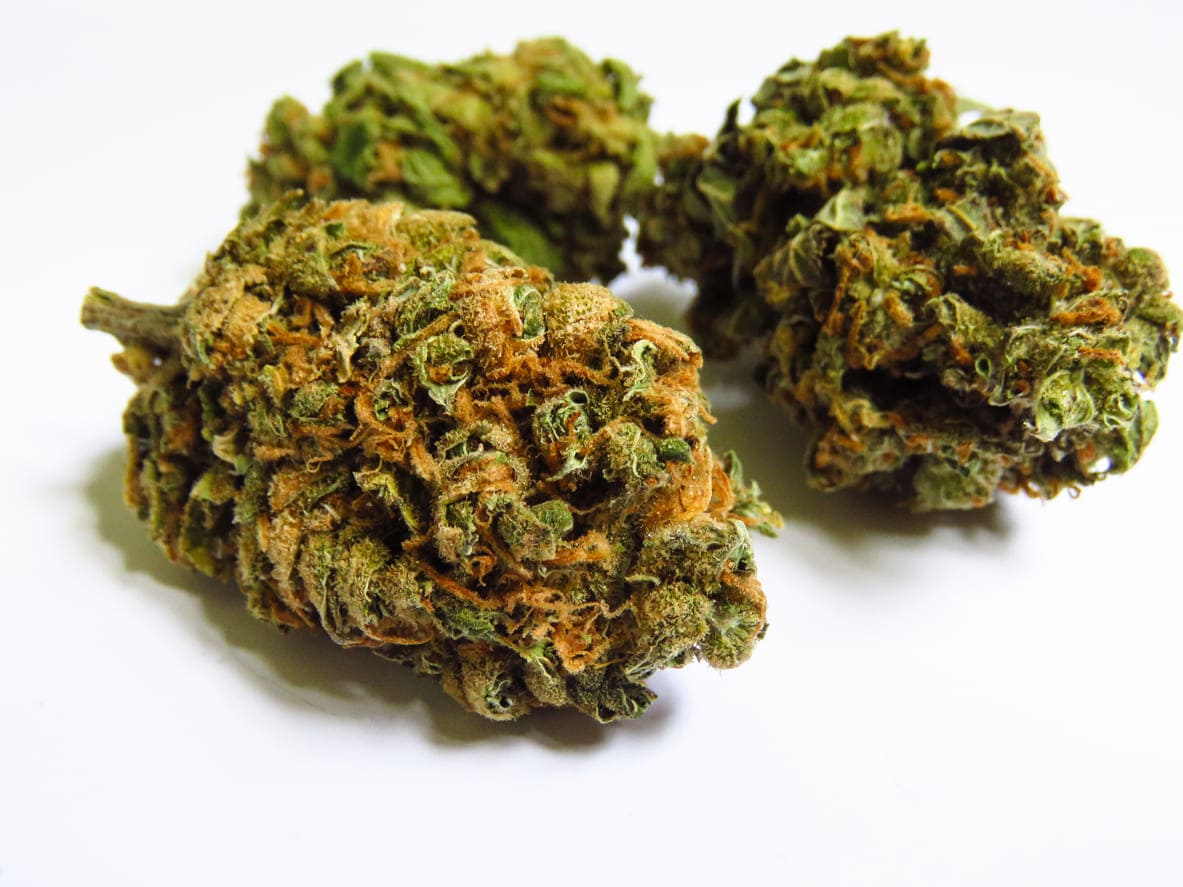
Anatomy of CBD flowers
The structure of a CBD flower is quite complex, it is made up of different sections each with a particular role. Here are the different parts that make up a CBD flower:
The calyx
The calyx, or bract, is the protective organ of the flower. Its green leaves have the distinguished shape of a teardrop and are covered with a thick layer of resinous cells and all the components of the flower. This is where the highest content of cannabinoid components is found. The calyx is vulnerable to pollination as it is only responsible for the transmission of one and only one seed.
This organ differs from one cannabis variety to another. For the Sativa variety, for example, they are grouped in less compact clusters than in other varieties such as Indica.
The hair is the most important part of the plant.
The hair and stigma
The hairs or pistils, are the female organ that allows the reproduction of the flower. They contain the ovary and the outgrowth of the ovary. The stigma organ collects the pollen deposited by the male organ, the stigma is initially white and darkens as it develops. From then on, it takes on yellow, orange, red and brown hues. The main role of both organs is reproduction, but they can help to determine the progress of the plant.
The head
The flower head refers to a cluster of flowers formed by several buds growing next to each other. The main head, also known as the apical bud, is located at the apex of its main stem and is usually quite large. Smaller heads arise from nodes at the downstream branches. As the apical bud at the top is more exposed to the sun, not all tails develop at the same time. As a result, it grows faster.
The trichomes
The role of trichomes is to protect plants from various infections such as diseases or pests. Even though they are very small in size, they can be recognised by the resin that is found on the shoots. They are found at the tips of the plant. Trichomes are best known for being rich in terpenes, which are fragrant oils, as well as cannabinoids.
The effects of the plant are mainly determined by the stage of development of the trichomes. To know whether the flower can be harvested or not, experts base themselves on the hue of the trichomes. If the organ remains light, it means that cannabis synthesis is still in progress. When the trichomes take on an amber hue, it indicates a significant presence of terpene and the compounds responsible for the aroma and flavour of cannabis.
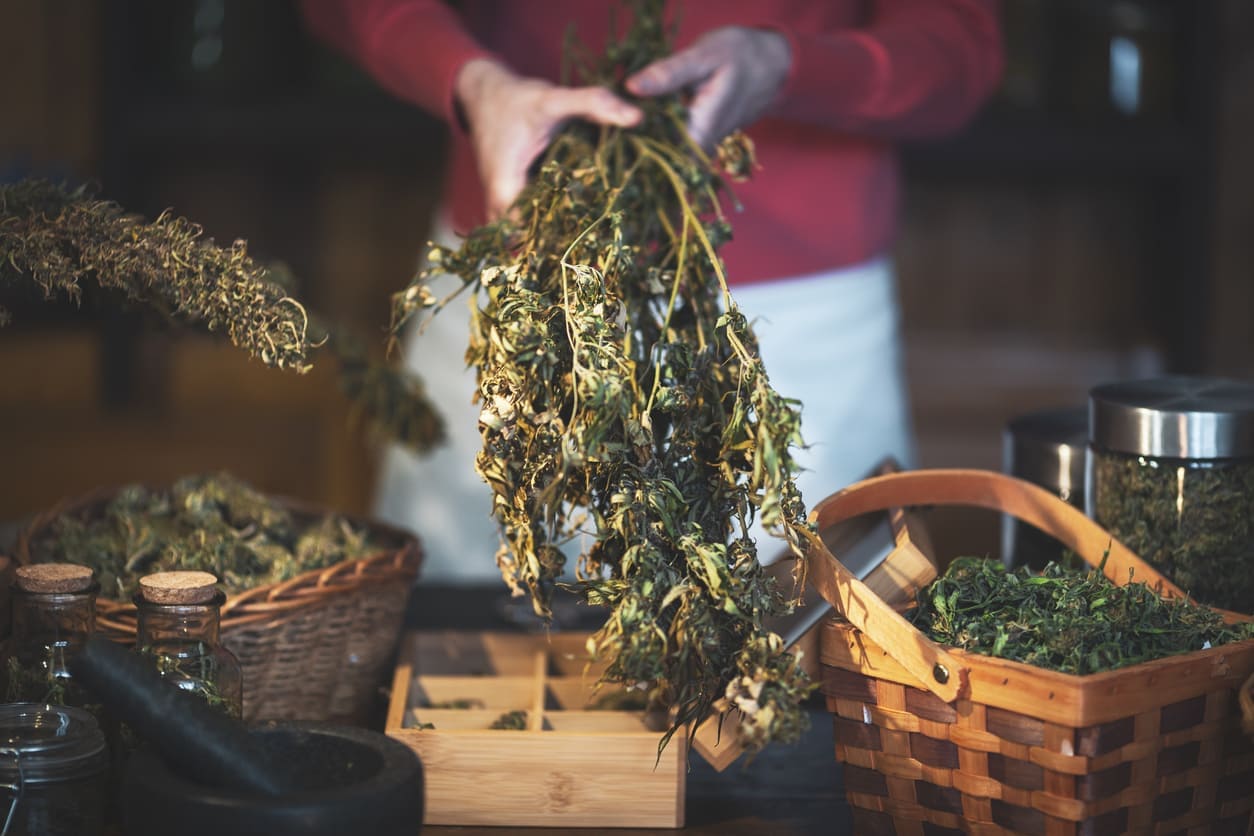
The most popular CBD flower varieties
The different CBD flowers can be classified according to several criteria, such as the CBD content, the method of growing the CBD flower or even according to the variety. Here are some CBD flowers ranked according to their popularity in the market.
Charlotte's Web
This strain is known to have a 17% CBD content and low THC content. It contains bisabolol, caryophyllene and beta-myrcene, which give it a very distinctive taste.
Harlequin
This is a variety created by crossing Swiss Sativa, Thai Sativa, Nepali Indica and Colombian Gold plants. It is ideal for aiding treatments for a wide range of medical and psychological disorders. It contains myrcene, a-pinene and b-caryophyllene, which gives it its citrus and mango aroma.
Cannatonic
This strain was created by Resin Seeds, a genetics company based in Spain, by crossing two plants with high CBD concentrations, MK Ultra and G13 Haze. It is one of the richest strains in CBD with a content of almost 17%. Its earthy aroma is linked to the plant's terpenes, namely myrcene, limonene and b-caryophyllene.
AC DC
This is an ideal variety to complement treatments for muscle spasms, migraines and stomach irritations. It was created by crossing Cannatonic and Ruderalis. It is one of the safest varieties to consume, thanks to its low THC content. Its herbaceous aroma is related to the terpenes contained in the plant which are a-pinene, b-pinene and b-caryophyllene.
Harle Tsu
As the name suggests, this plant is a cross between the two varieties Harlequin and Sour Tsunami. Its CBD content varies between 18% and 21%, with a THC content of 0.86%, this ratio provides the best therapeutic benefits on the market.
The effects of this plant are very high.
The effects of this strain include, among others, total relaxation. The terpenes found in this strain are myrcene, humulene, pinene, ocimene and terpinolene.


